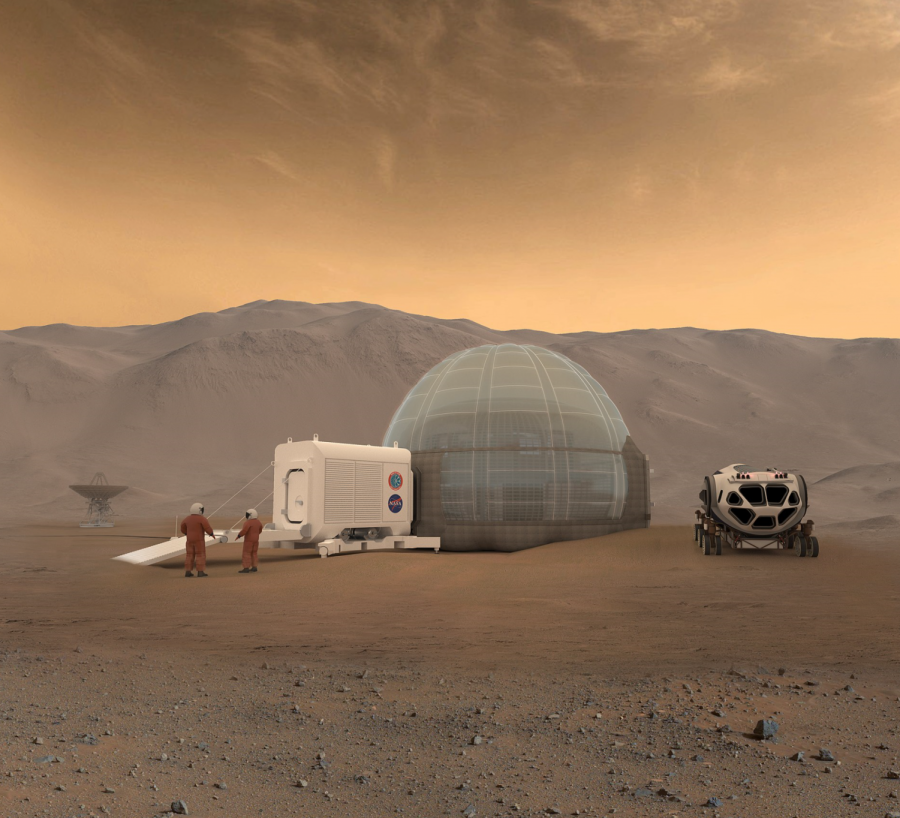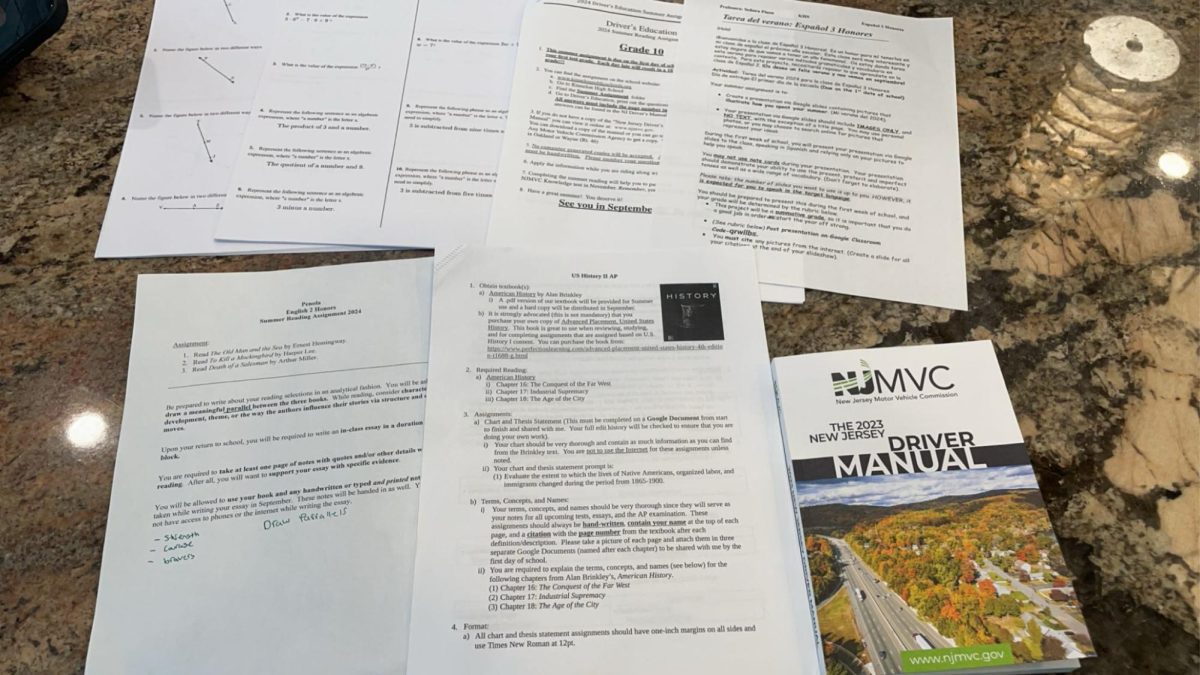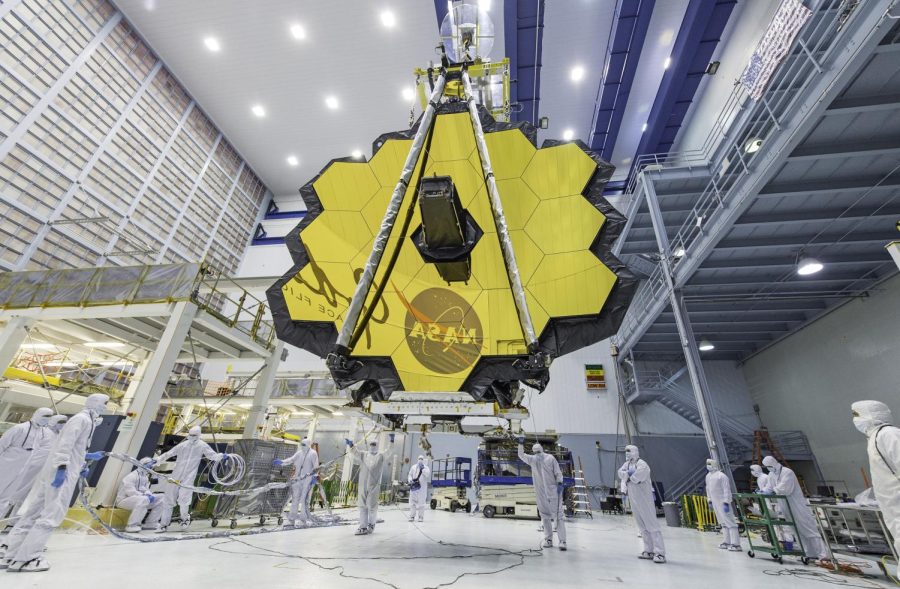In recent years, news has been flying around the science world about the possibility of colonizing Mars. However, many don’t know the logistics of Mars colonization.
Researchers from École Polytechnique Fédérale de Lausanne (EPFL), a university and research center based in Switzerland, proposed the first plan to colonize Mars. The first aspect of colonization they noted is location. Most of the planet is inhabitable; however, the planet’s poles are covered with ice deposits that have been forming for centuries, and the researchers state that these ice deposits can be used as a water source.
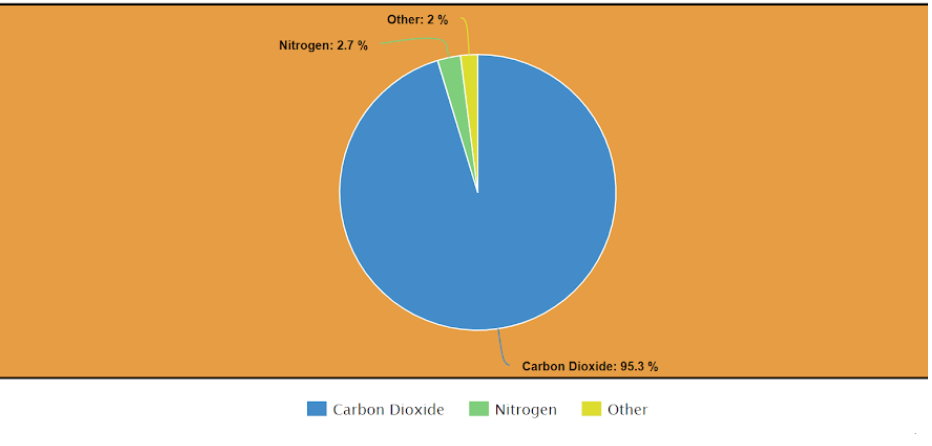
Composition of Mars’ atmosphere
Another factor included in the plan is the shelter on Mars. Swiss scientists suggested that the shelter should consist of three units: a central area, three surrounding capsules, and an overarching dome. The central area would act as a living area for the inhabitants. The three capsules would be used as airlocks. The purpose of this is to stabilize air pressure between the Martian surface and the inhabitant. Finally, the dome, which would be covered with ice, would serve as a radiation shield and regulate air pressure.
The final and most daring aspect is the weather on Mars. The planet experiences an endless summer and nonstop sunlight. The first inhabitants would need to be able to adapt to the continuous sunlight, a process that may be difficult to obtain.
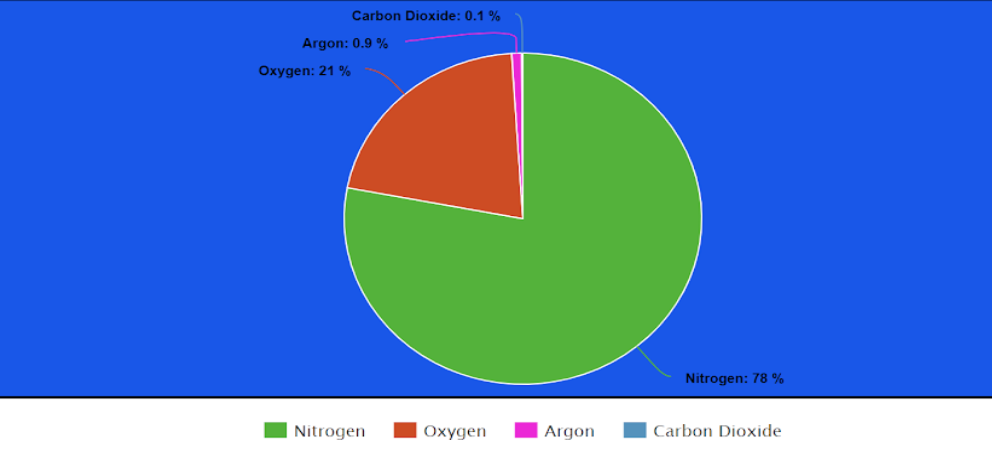
Earth atmosphere’s composition
Despite the extensive research and planning done by the Swiss scientists, the plan would only work if NASA develops an artificial habitat on Mars that can sustain human life.
However, Mars’ atmosphere and surface are very different compared to Earth’s, which would pose an obstacle for colonization. Mars’ atmosphere is made up of 95.3 percent carbon dioxide and .2 percent oxygen while the Earth’s atmosphere is composed of 0.03 percent carbon dioxide and 21 percent oxygen. The lack of breathable air on Mars poses as one of the greatest problems surrounding future colonization. Furthermore, Mars’ surface is far too cold for human life, with its surface averaging about -81°F. The coldest the earth has ever reached was -70°F, a significant difference compared to Mars. Moreover, Mars’ gravity is a mere 38 percent of Earth’s gravity. The human body has evolved to Earth’s conditions, and Mars’ gravitational field makes it near impossible for humans to survive there.
Despite the science that contradicts the possibility of Mars colonization, multiple organizations are still funding researching and planning for a Mars colonization. One of these companies is SpaceX, owned by Elon Musk. The company plans on sending as many as 100 people to Mars by 2024.
Even though there are millions of dollars being funded in Mars research, the power and intelligence of NASA, and the many proposals about Mars colonization, expanding the human race to reach further into our solar system seems like the near future.

